Services Offered
We deliver practical, field-ready industrial hygiene services — backed by defensible sampling, expert interpretation, and actionable guidance.
Silica Exposure Assessments
(29 CFR 1910.1053 + construction)
Noise Monitoring & Hearing Conservation Programs
Dust Hazard Analysis (DHA)
NFPA-aligned, including non-listed custom systems
VOC & Odor Investigations
(e.g., formaldehyde, peroxide, isocyanates)
Respiratory Protection Program Support
Hazard evaluation to fit testing
Spray Foam Exposure Review & IAQ Sampling
Ventilation Performance Evaluation
ASHRAE/ACGIH-informed airflow review
Custom IH studies
Available for manufacturers, warehouses, clinics, and complex environments
Other Custom IH Services
Need something not listed here? We cover a broad range of compliance, risk management, and IH consulting services. Contact us to ask about your specific need.
Request ConsultationWhy Choose Us
Not all consultants are created equal. We bring 30+ years of field-tested experience in industrial hygiene, risk management, and insurance-grade reporting. Our credentials include:
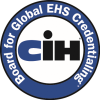
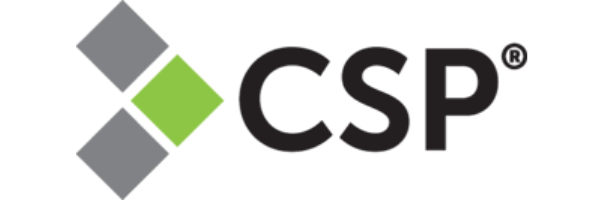


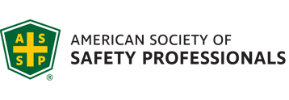

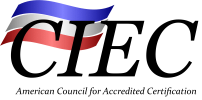


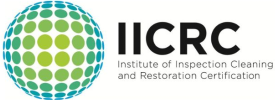


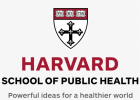


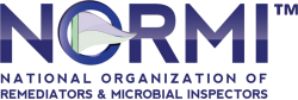
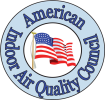
CIH – Certified Industrial Hygienist
CSP – Certified Safety Professional
Licensed Mold Assessor – Florida
NY DOL Licensed Workplace Safety Consultant (Code Rule 59)
ARM – Associate in Risk Management
Ready for a CIH-grade assessment you can trust?
Call, text or email:
Services delivered by board-certified experts with CIH, CSP, and NY/FL licensure credentials.
Who We Serve
Manufacturing & Warehousing
Construction & Fabrication
Health Care Facilities & Clinics
Property Managers & Legal Teams
Insurers, TPAs & Captive Programs
Environmental & Engineering Firms